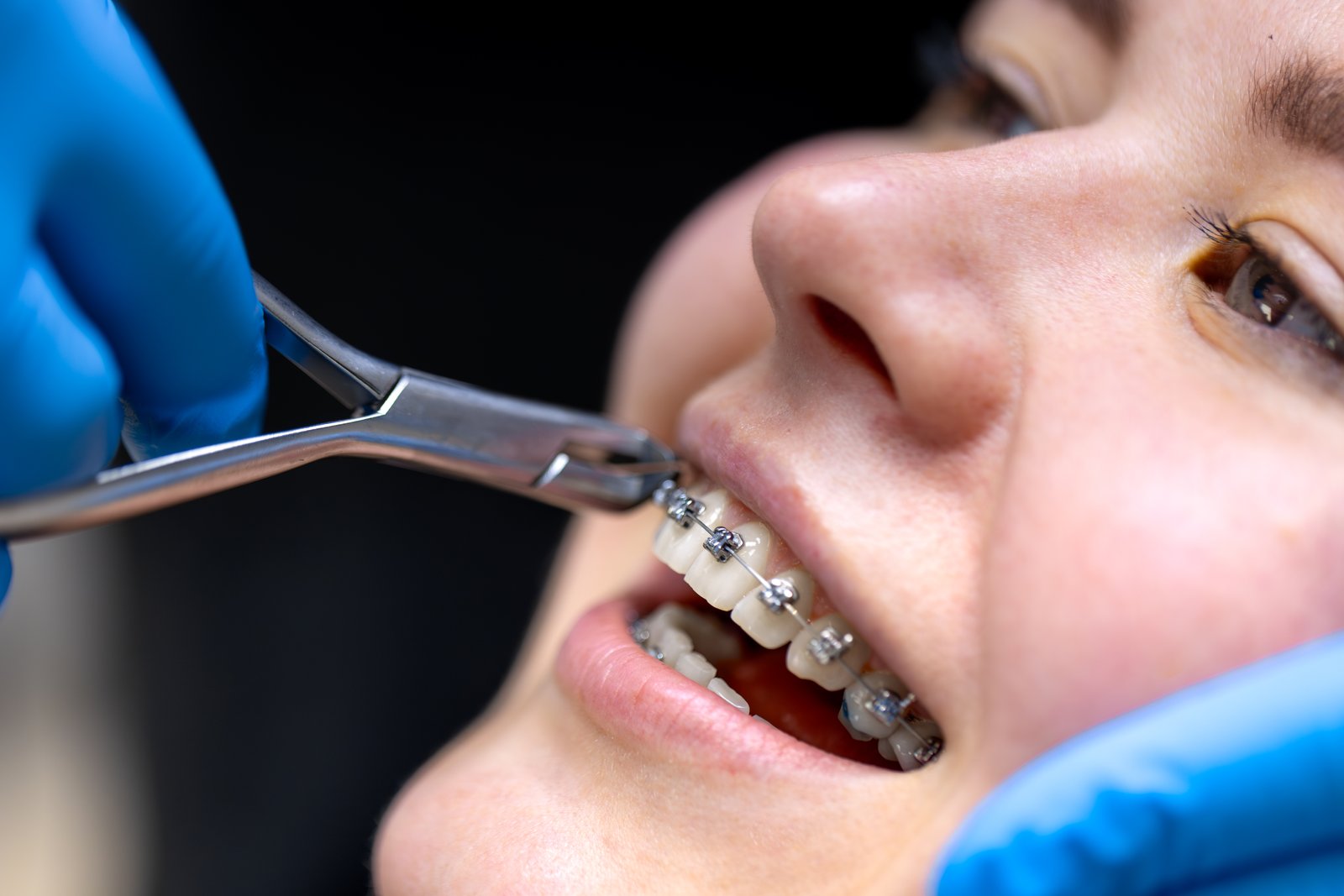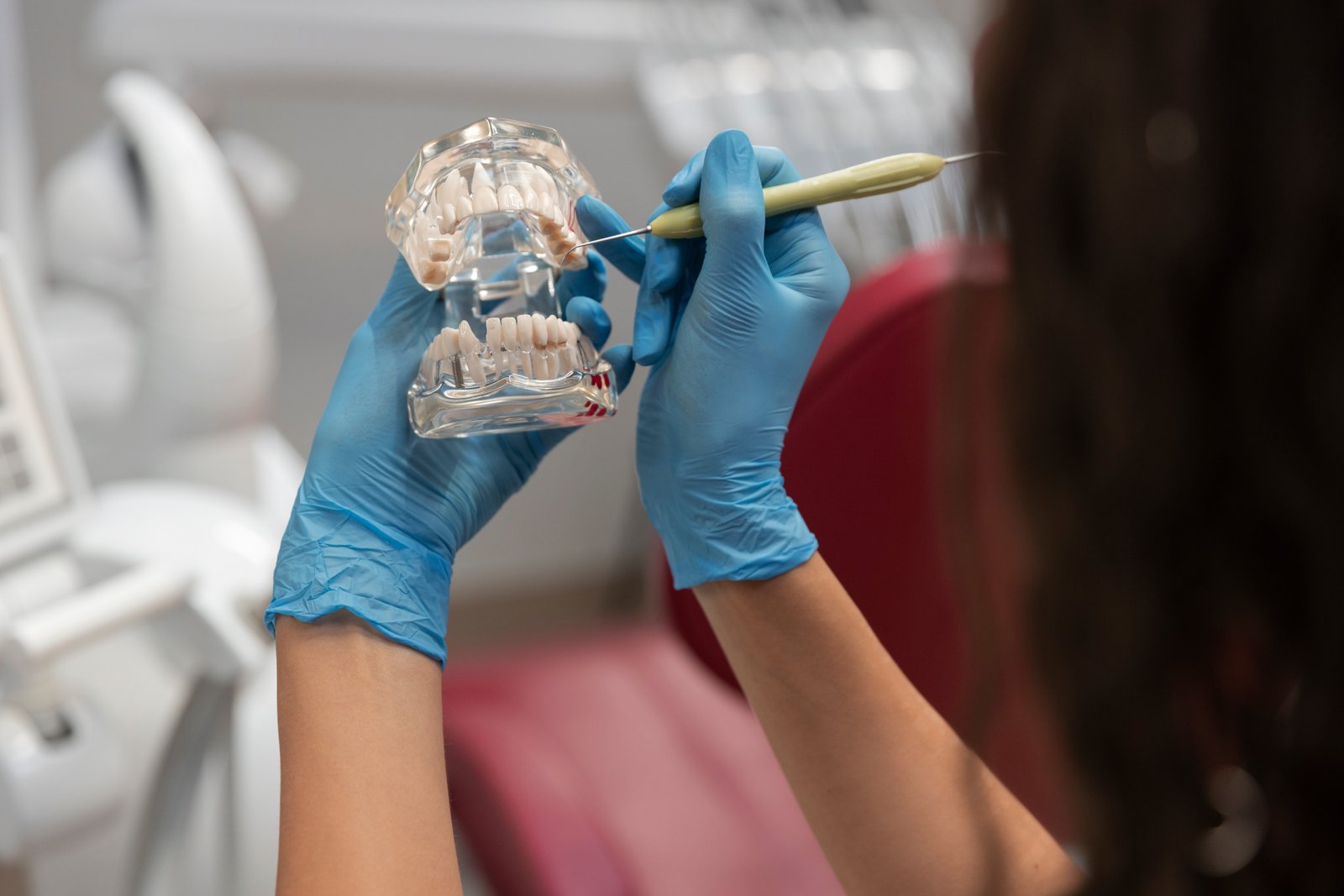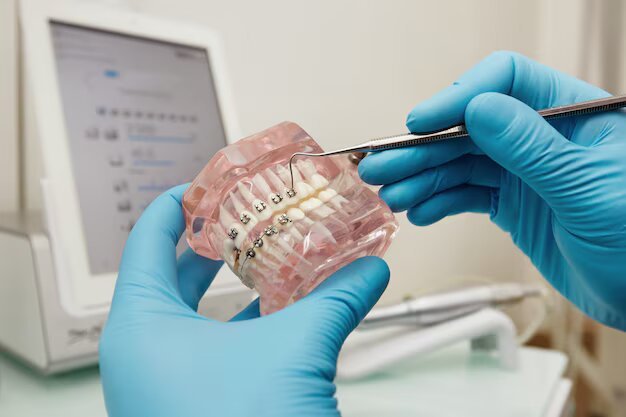Braces for Teeth: Everything You Need to Know Before Getting Started
A beautiful smile can be a powerful asset, but it’s not just about looks—it’s also about function and health. Misaligned teeth, overcrowding, or bite problems can lead to a range of issues, from difficulty chewing to increased risk of tooth decay. That’s where orthodontic treatment, particularly braces, comes in. Braces are one of the most reliable ways to align teeth and improve bite function, giving you both a healthier mouth and a more confident smile.
This comprehensive guide will walk you through everything you need to know before getting braces—from the types available and how they work to maintenance tips and what you can expect during the process.


What Are Braces?
Braces are orthodontic devices designed to gradually move teeth into their ideal positions. They work by applying continuous, gentle pressure over time. This movement is achieved through a combination of brackets (attached to the teeth), wires (threaded through the brackets), and sometimes elastic bands (to fine-tune positioning).
While braces are often associated with teenagers, they are suitable for patients of almost any age. In fact, more adults are now choosing orthodontic treatment than ever before thanks to discreet options like ceramic braces and clear aligners.
Why Might You Need Braces?
Orthodontists recommend braces for a variety of reasons, such as:
- Crowded teeth – When teeth don’t have enough space and overlap each other.
- Spacing issues – Gaps between teeth caused by missing teeth or natural spacing.
- Overbite – Upper front teeth extend too far over the lower teeth.
- Underbite – Lower front teeth protrude beyond the upper teeth.
- Crossbite – Some upper teeth sit inside the lower teeth when biting.
- Open bite – Upper and lower teeth don’t touch when the mouth is closed.
Braces not only address these issues for aesthetic purposes but also improve chewing efficiency, speech clarity, and oral hygiene.
Types of Braces
Thanks to advancements in dental technology, there are multiple types of braces to suit different needs and preferences.
1. Metal Braces
- Made of high-grade stainless steel.
- The most traditional and often most affordable option.
- Strong and effective for a wide range of orthodontic issues.
- Modern versions are smaller and more comfortable than older models.
2. Ceramic Braces
- Made from tooth-colored or clear materials.
- Less noticeable than metal braces.
- Ideal for people concerned about aesthetics, though they may be slightly more fragile.
3. Lingual Braces
- Attached to the back (lingual side) of the teeth.
- Invisible from the front.
- Customized for each patient, but can be harder to clean and adjust to.
4. Clear Aligners
- Removable, transparent trays such as Invisalign.
- Almost invisible and convenient for eating and cleaning.
- Best for mild to moderate alignment issues.
- Require discipline to wear for the recommended 20–22 hours daily.
The Process of Getting Braces
If you decide to get braces, here’s what typically happens:
- Initial Consultation – The orthodontist examines your teeth, takes X-rays, and may create digital scans or molds.
- Treatment Planning – A personalized plan is made, including the type of braces, estimated duration, and specific goals.
- Fitting the Braces – Brackets are attached to each tooth, and an archwire is secured in place.
- Adjustments – Every 4–8 weeks, you’ll visit for tightening or wire changes to keep teeth moving.
- Completion and Retention – After treatment, braces are removed, and you’ll wear a retainer to maintain your results.
What to Expect in the First Few Days
It’s normal to feel discomfort or soreness after getting braces or after adjustments. You might experience:
- Tenderness in the teeth and gums.
- Slight irritation inside the cheeks or lips.
- Difficulty chewing harder foods.
This usually improves within a week. Orthodontic wax can help reduce irritation from brackets, and soft foods like soups, mashed potatoes, and smoothies can make eating easier.
Duration of Treatment
The length of time you’ll need braces depends on factors like:
- Severity of misalignment.
- Type of braces used.
- Age (younger patients often see quicker results).
- How well you follow your orthodontist’s instructions.
Most treatments last 12–36 months. Some minor corrections may be completed in less than a year, while complex cases can take longer.
Caring for Braces
Good oral hygiene is essential when wearing braces to prevent decay, staining, and gum problems.
Brushing and Flossing Tips:
- Brush after every meal using a soft-bristled toothbrush.
- Angle the brush to clean around brackets and wires.
- Use floss threaders or water flossers to clean between teeth.
- Rinse with a fluoride mouthwash for extra protection.
Foods to Avoid
Certain foods can damage your braces or make cleaning more difficult:
- Hard foods (nuts, popcorn, hard candies).
- Sticky foods (gum, caramel, toffee).
- Crunchy foods (raw carrots, hard crusts—cut them into small pieces).
- Chewy foods (bagels, licorice).
Choosing softer foods and cutting items into smaller bites will help protect your braces.
Possible Side Effects
While braces are safe, you may experience:
- Mild discomfort after adjustments.
- Mouth sores from friction.
- Slight speech changes at first.
- Temporary tooth looseness (a sign they are shifting correctly).
If a bracket breaks or a wire pokes your cheek, contact your orthodontist promptly.
Life After Braces: Retainers
Once braces are removed, a retainer is used to keep your teeth in place. Retainers may be:
- Removable – Worn for a set number of hours daily.
- Fixed – A thin wire bonded behind the teeth.
Wearing your retainer as instructed is essential—without it, teeth can gradually shift back.
Braces for Adults
Orthodontic treatment isn’t just for kids and teens. Many adults seek braces to correct long-standing issues or to enhance their smile before major life events. Modern, discreet options make it easier than ever for adults to undergo treatment without feeling self-conscious.
Benefits Beyond Aesthetics
Braces provide more than a straight smile:
- Easier cleaning and flossing, reducing the risk of cavities.
- Better bite alignment to reduce jaw strain.
- Improved speech clarity.
- Prevention of abnormal tooth wear.
Final Thoughts
Braces are an investment in your health, function, and confidence. While the process requires time, care, and patience, the results are long-lasting and life-changing. By understanding the process, committing to proper care, and following your orthodontist’s advice, you can look forward to a healthy, well-aligned smile that will serve you for years to come.

